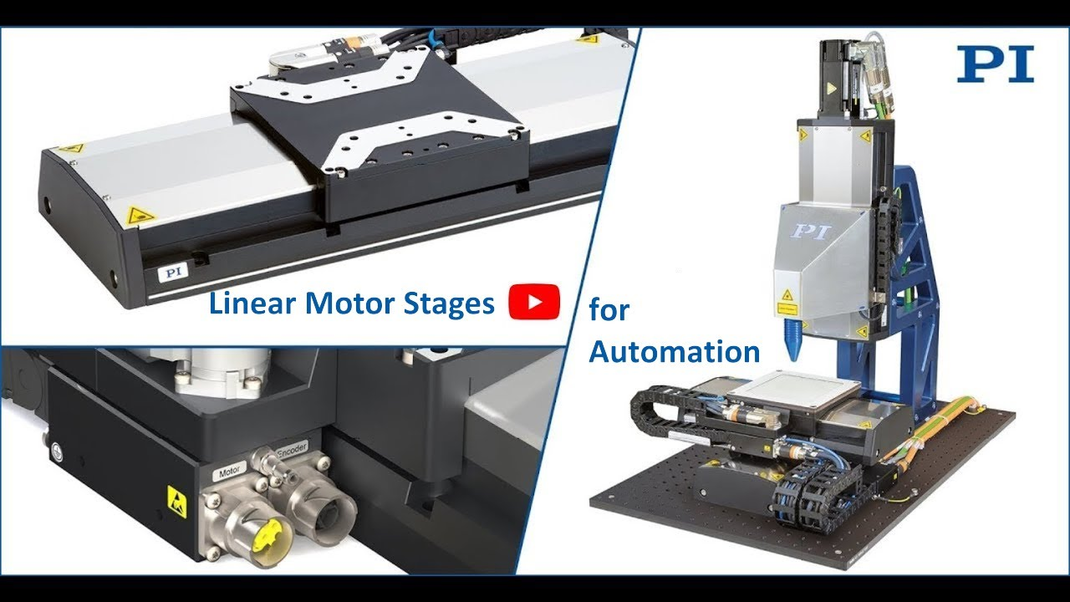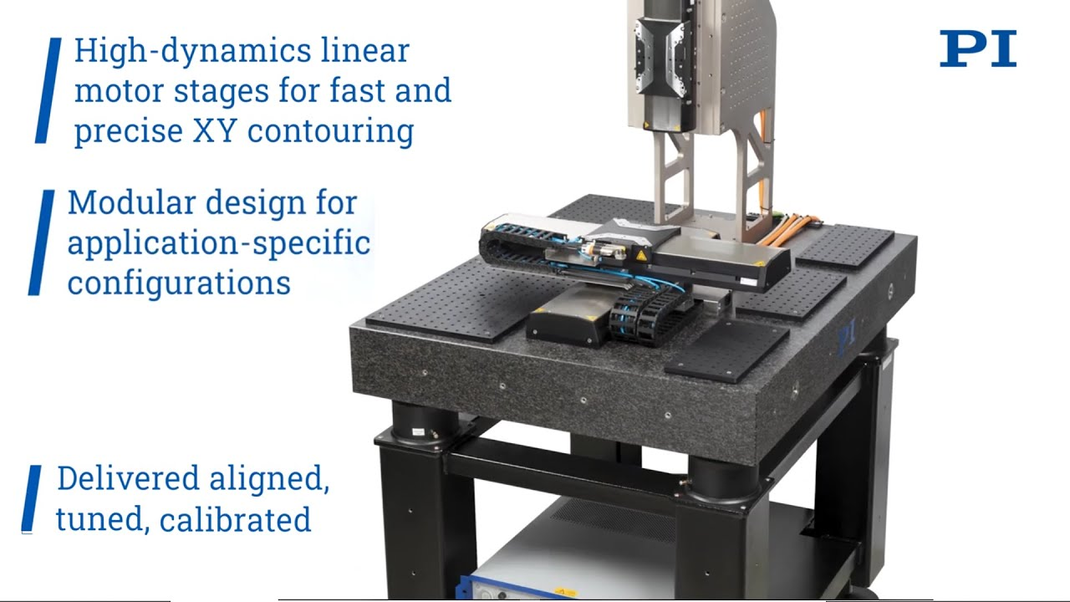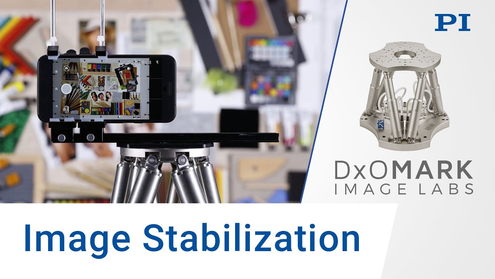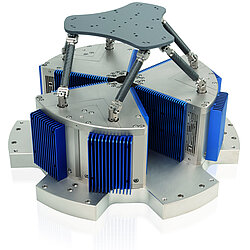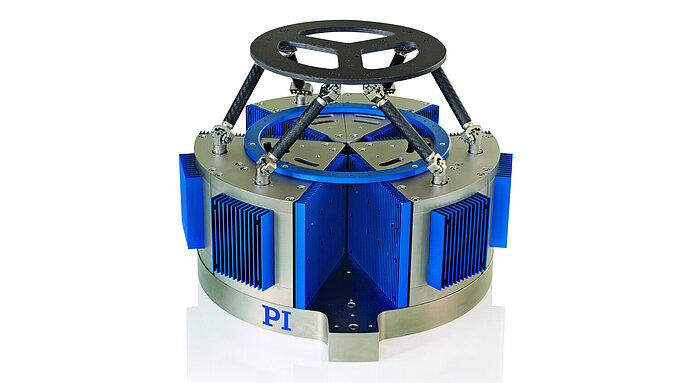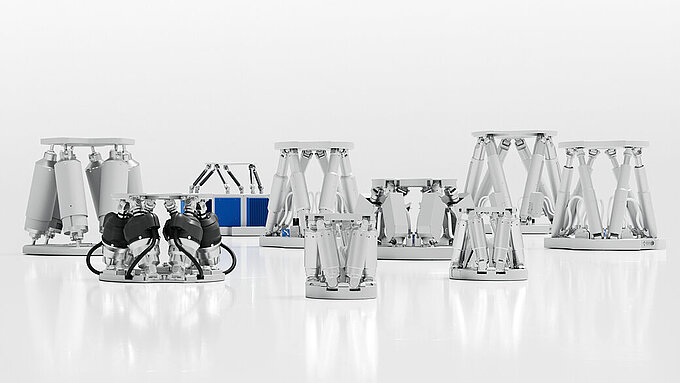Taking sharp pictures despite poor lighting conditions, taking snapshots without blurring, recognizing traffic signs and road markings or identifying dangerous situations with specific systems - all of this is possible today with the help of modern cameras. But how good is the still and video image quality of a camera or smartphone? And how do they compare with models from other suppliers?
End users, manufacturers of smartphones and cameras, companies in automotive or aerospace, medical and security, or in the automation technology sectors - they all place high demands on the quality of the still and video images and are looking for answers to these questions.
The company DxOMark Image Labs deals with these questions and seeks to provide answers. It supports customers with consulting services and complete laboratory solutions for image quality testing. These solutions consist of hardware, software, and test protocols and they ensure repeatable, operator-independent results. Nicolas Touchard, Vice President of Marketing at DxOMark Image Labs, explains in an interview with PI Karlsruhe methods for evaluating still and video image quality and also how PI hexapods are used in the testing of image stabilization technologies.
Which are the key image quality attributes?
Each camera is evaluated according to specific key image quality attributes. These attributes include, for example resolution, contrast, color, texture, zoom, autofocus, exposure, and image stabilization. For each of these attributes, thousands of images are taken and evaluated to obtain statistically significant results. In order for the image quality to be comparable, cameras and camera components must always be tested under the same conditions and using the same methods. The measurement methods on which the DxOMark evaluation is based have been developed in collaboration with several companies in the imaging industry that collaborate in international standardization working groups such as IEEE/CPIQ and ISO TC42-WG18.
The simulation of the camera movement can be carried out by hexapods, for example the >> H-840. The six-axis positioning system is designed for testing image stabilization systems and is certified according to the DC-011-2015 standard by >> CIPA. This standard defines rotational axes, test frequencies, and vibration amplitudes that are necessary for certification.
For highest demands on smooth motion and frequency range, PI offers the H-860 hexapod. The system provides simulation frequencies to 30 Hz and runs pre-defined motion profiles, sinusoidal curves and freely definable paths with high trajectory accuracy. Due to the friction-free voice coil drives and the lightweight design consisting of extremely stiff carbon fiber parts with low moving masses, it is possible to achieve fast and smooth motion as well as high acceleration.
